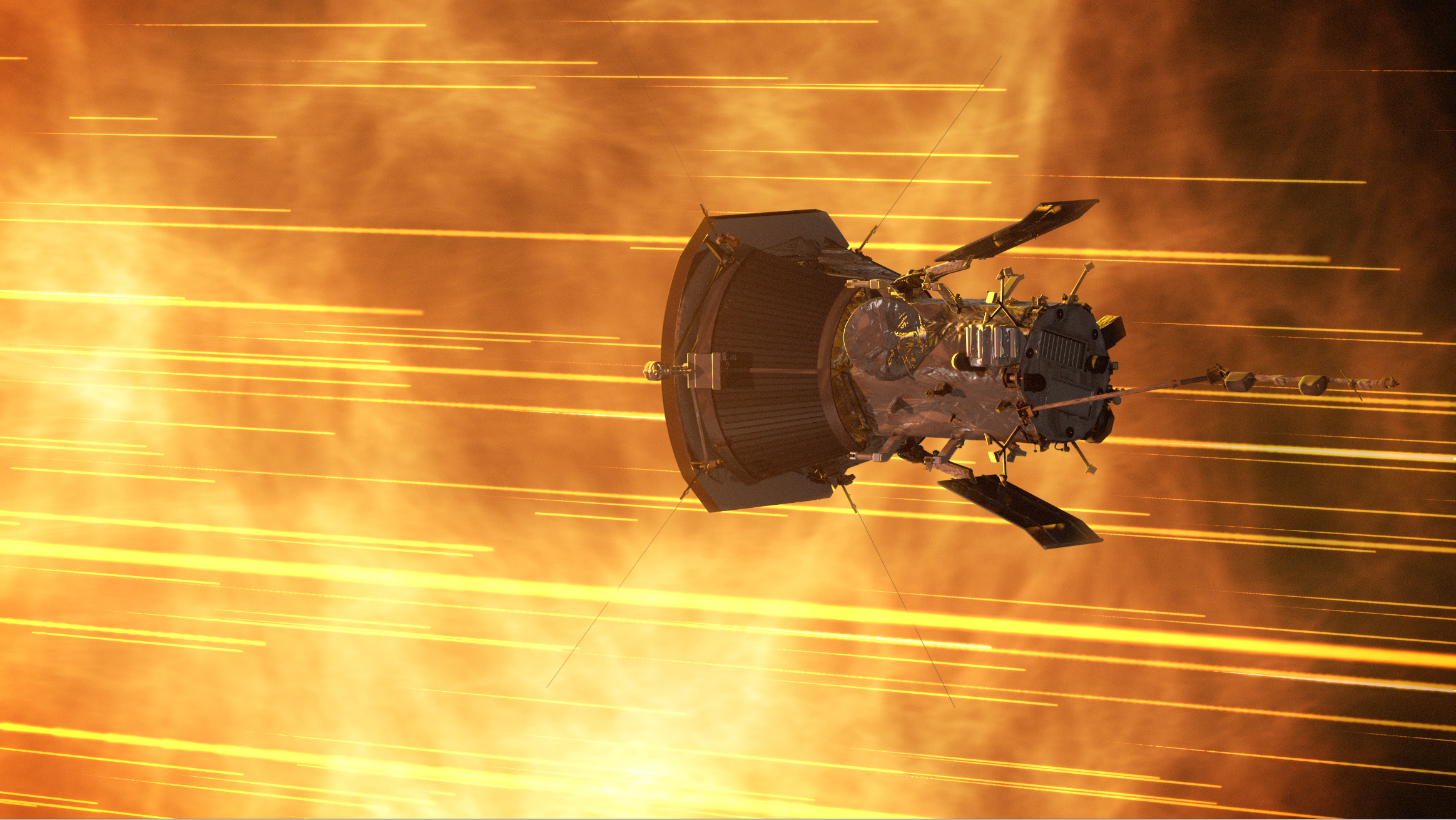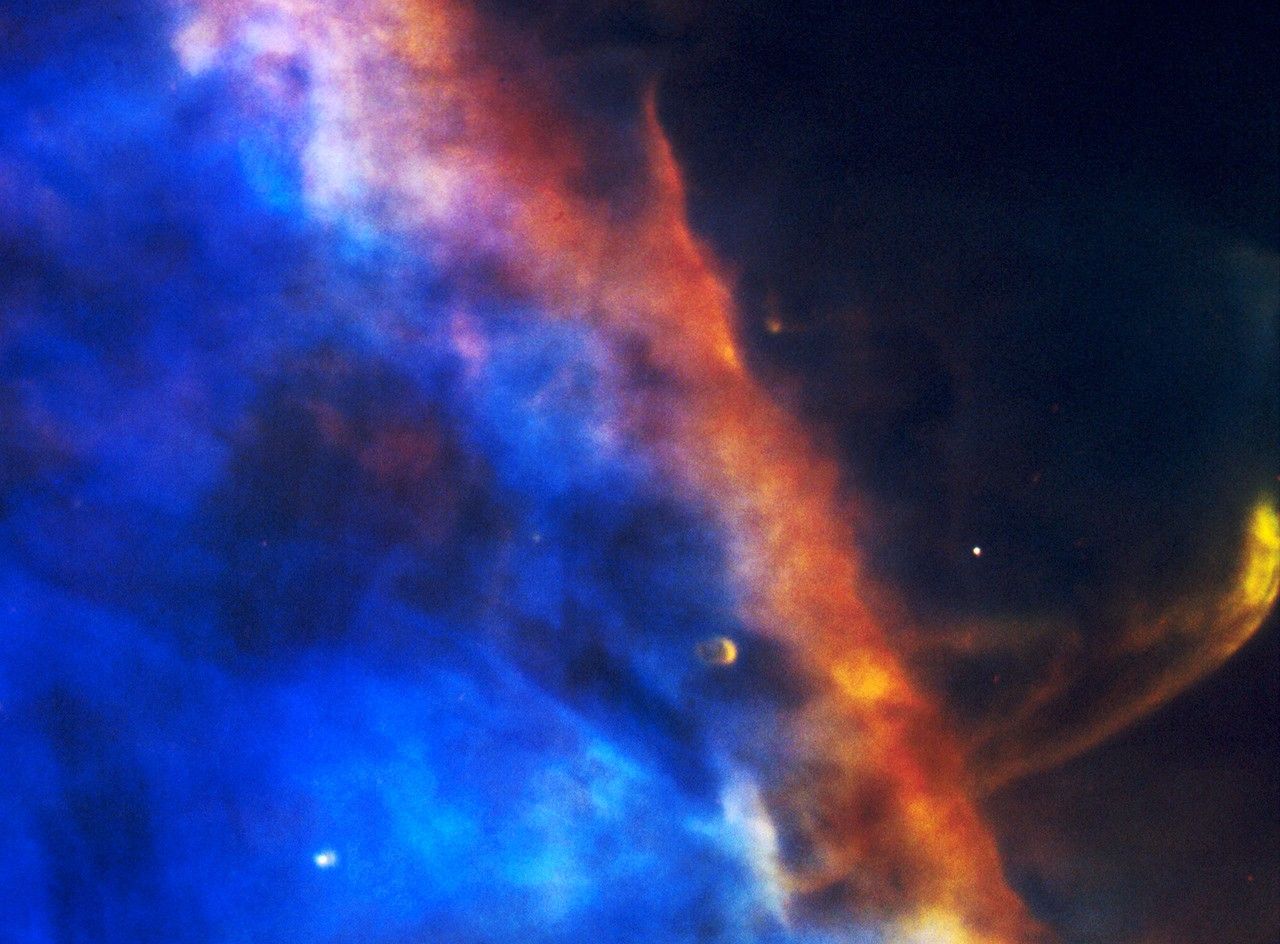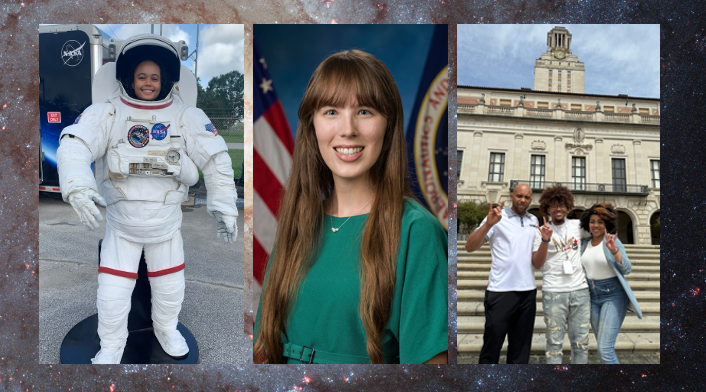
In a fierce competition against four other contenders, Norwich University emerged as the winning team in NASA’s third Breakthrough, Innovative and Game-changing (BIG) Idea Challenge. The University of Colorado Boulder team was awarded second place.
In this engineering design competition, NASA enlists university teams from across the nation to develop creative solutions to some of the agency’s most relevant challenges.
In 2017, NASA called for proposals for large power systems that could be used on the surface of Mars. Because these systems need to be in place before humans ever arrive on the Red Planet, teams were required to propose robotic or autonomous solutions for deployment and sustainable operation.
The Norwich University team, led by Brian Bradke, proposed an innovative flexible solar array design using inflatable booms to provide a compact stowed configuration and low launch mass. The team made an impressive inflatable model that validated their packing and deployment concept.
The University of Colorado Boulder team, led by Kyri Baker, developed an autonomous foldable solar array concept that secured them the runner-up position. Their approach leveraged extremely lightweight/flexible composite booms that could be wrapped around a centralized hub and then unwound for deployment on the Martian surface.

The five finalists each proposed completely different, unique and viable concepts. Students from Norwich University, Princeton University, Texas A&M University, the University of Colorado Boulder and the University of Virginia presented their concepts to the judges in an intense design review during the 2018 BIG Idea Challenge Forum held March 6 and 7 in Cleveland, Ohio.
“This year’s BIG Idea Challenge brought some fresh and exciting ideas on Mars solar arrays that gives us greater confidence to move forward toward human Mars missions,” said Lee Mason, principal technologist for power and energy storage with NASA’s Space Technology Mission Directorate, and a BIG Idea judge. “The two winning teams provide a nice diversity in their design and operational construct: one focusing on inflatables, the other on composite booms.”
The BIG Idea Challenge is aligned with NASA’s goal to increase the capabilities of the nation’s future workforce through participatory, immersive educational experiences. This includes the challenge prize, which offers NASA internships to members from the winning team.
In a surprise twist during this year’s competition, a new industry collaboration led to even more opportunities for the finalists. Bao Hoang of SSL served as an industry judge, and was so impressed with the quality of work and caliber of students that his company will be making internship offers and possibly job offers to those who participated in the final stage of the challenge.
“It has been an honor for SSL to collaborate with NASA and the NIA in helping to judge the 2018 BIG Idea Challenge,” said Dario Zamarian, group president at SSL, a Maxar Technologies company. “The student teams have developed innovative concepts that reflect exceptional technical capabilities. In support of the program, SSL will invite multiple BIG Idea Challenge participants to join our summer internship program, where they will have the opportunity to work with a leading technology company that brings a commercial mindset to the development of next-generation space infrastructure.”
The BIG Idea Challenge is sponsored by NASA Space Technology Mission Directorate’s Game Changing Development Program, and managed by the National Institute of Aerospace.
For more information about NASA’s Space Technology Mission directorate, go to:
https://www.nasa.gov/spacetech
For more information about the 2018 Big Idea Challenge, please visit:
Joe Atkinson
Langley Research Center, Hampton, Virginia
757-864-5644
joseph.s.atkinson@nasa.gov
Shelley Spears
National Institute of Aerospace, Hampton, Virginia
757-325-6732
shelley.spears@nianet.org





























